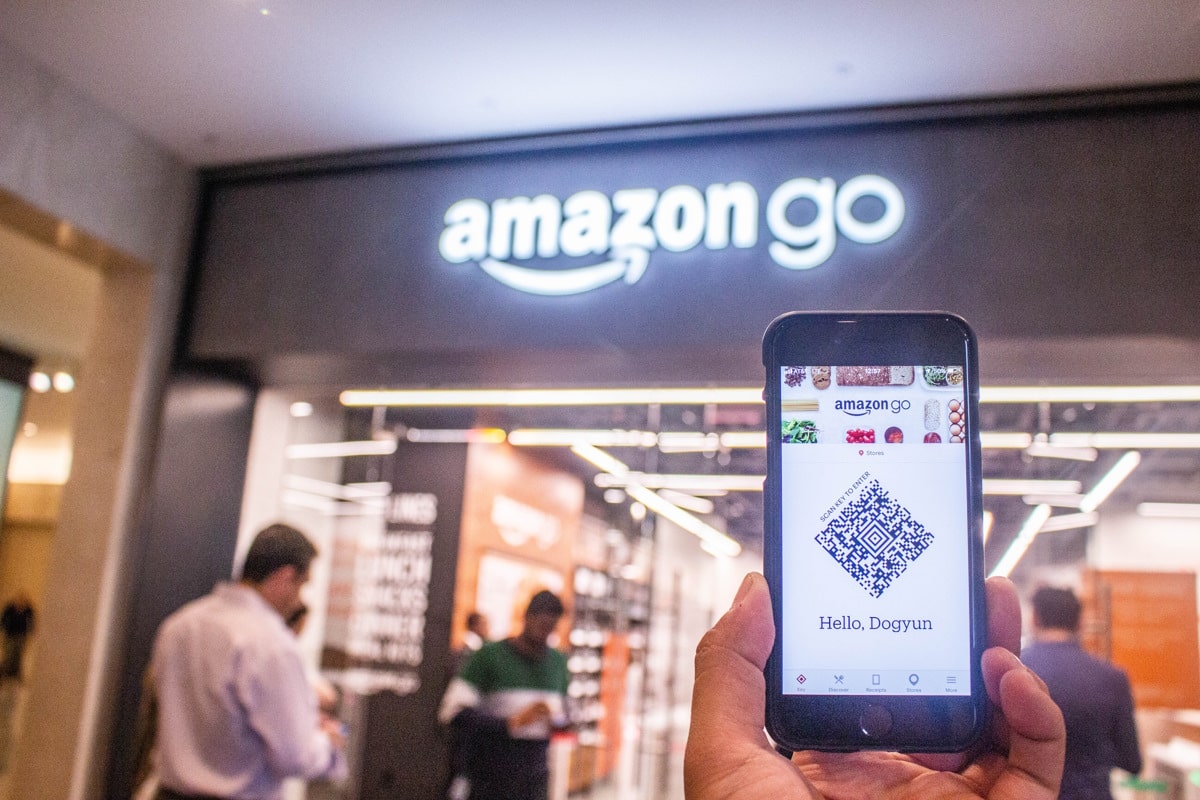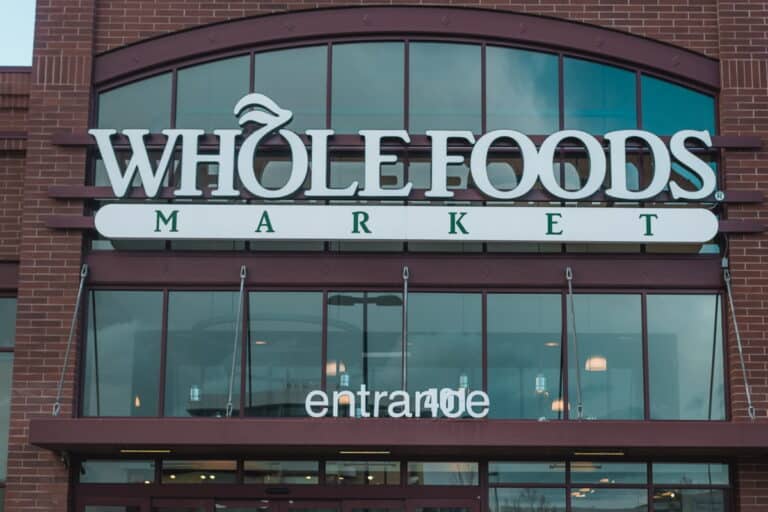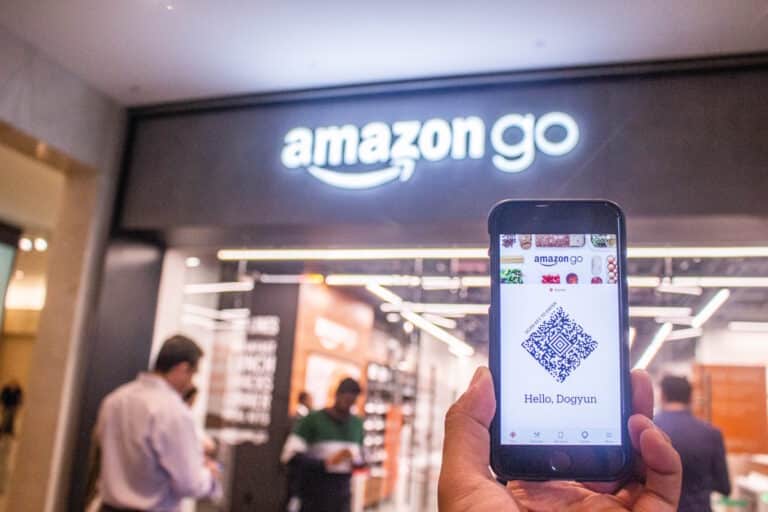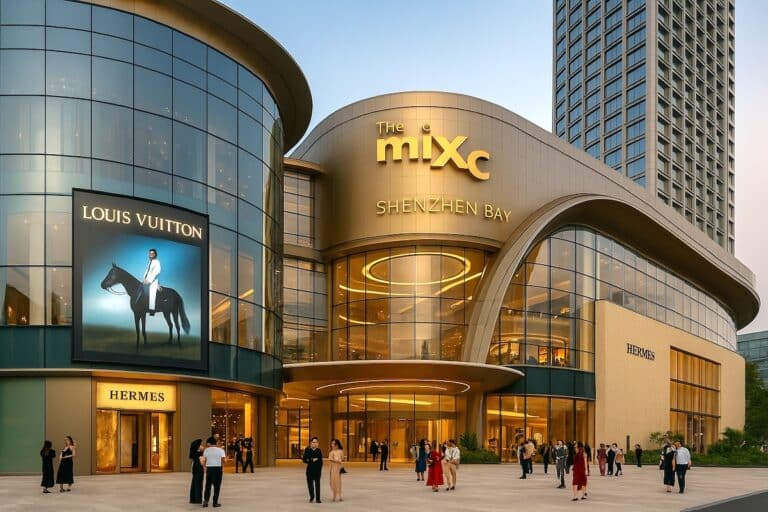
The company focuses on refining Just Walk Out technology.
Amazon recently closed three of its Amazon Go locations in New York City, marking another adjustment in the tech giant’s evolving retail strategy.
A spokesperson for Amazon confirmed the decision, explaining that lease renewals were due and the associated costs made continued operation unfeasible. While the company continues to scale back some of its physical presence, it hasn’t abandoned its vision for automated convenience stores entirely.
In fact, on July 31, Amazon opened a new Amazon Go store in Bellevue, Washington, signaling its ongoing interest in the space. Balancing store footprint with business realities Amazon’s decision to close the New York stores is part of a larger trend of rationalizing its brick-and-mortar portfolio. An Amazon spokesperson described it as a routine process in retail: “When a lease comes up for renewal, it is standard business practice for retailers to evaluate their store portfolio and decide if it is best to renew or to close the location. In this case, while these three stores were performing well, we couldn’t make the economics work with the lease cost, so we’ve decided not to renew and have closed these locations.”
The closed stores were located at prime locations, including 11 West 42nd St., One Liberty Plaza, and 30 Rockefeller Center. Amazon emphasized that it is working to reassign affected employees to other roles within the company. Focus shifts to new technologies and third-party integrations
Despite these closures, Amazon Go still operates two stores in New York City—at 200 Vesey St. and 150 E. 53rd St.—and maintains 17 stores across the U.S., according to its website. The company is increasingly focused on refining the technology that underpins its automated stores, particularly the Just Walk Out system, which allows customers to skip traditional checkout lines. In August, Amazon introduced an advanced AI model to improve the accuracy, efficiency, and cost-effectiveness of its Just Walk Out technology. The company is also extending the reach of this system beyond its own stores, collaborating with universities, stadiums, and other venues where customers prioritize speed and convenience.
Adapting to a changing retail landscape As Amazon balances its physical retail ambitions with the complexities of running stores, the company is clearly focusing on technological innovation as its competitive edge. By refining its Just Walk Out system and deploying it in third-party locations, Amazon is ensuring that its retail tech continues to gain traction—even as it adjusts its store footprint.

Two outlets will be closed in New York, two in Seattle, and four in San Francisco.

This new concept operates within the same building as a Whole Foods Market.

From its inception, the Just Walk Out technology faced numerous challenges.

Central Pattana unveils The Central, a new US$575m mall in Bangkok’s fast-growing northern district with a planned opening in late…

Singles’ Day 2025 breaks new global records with $150B+ in sales. Discover the top categories, data insights, and retail trends…

MixC Shenzhen Bay opens in Shenzhen’s Nanshan district, blending luxury retail, art, and lifestyle into one destination, redefining the Asian…